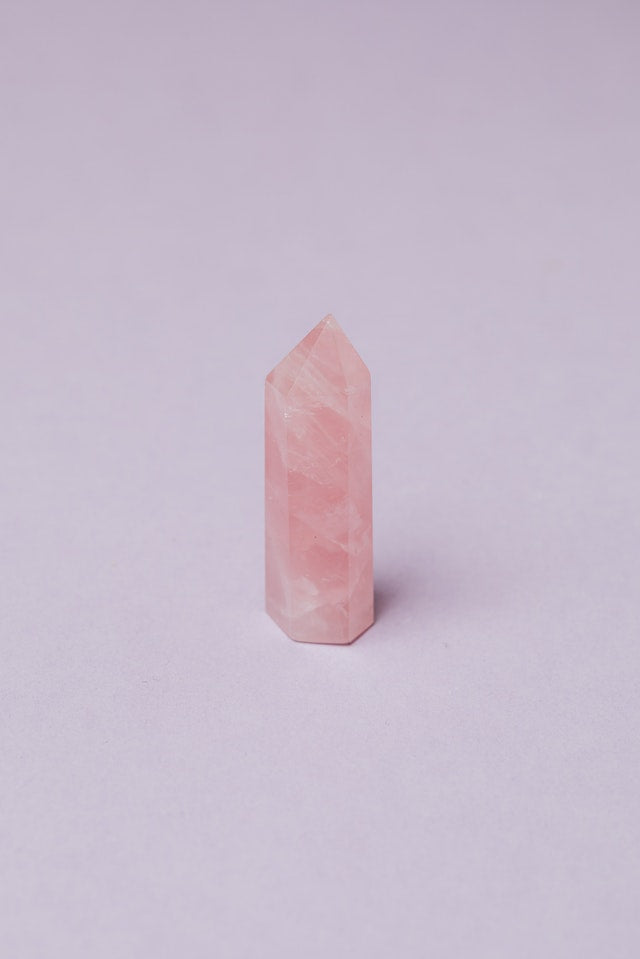Weighing a Gem in Water. In the previous lesson it was seen that the identity of a precious
stone may be found by determining its specific gravity, which is a number that tells how much
heavier the material is than a like volume of water. It was not explained, however, how one
would proceed to get the specific gravity of a stone too large to go in the neck of a specific
gravity bottle. In the latter case we resort to another method of finding how much a like volume
of water weighs. If the stone, instead of being dropped into a perfectly full bottle of water (which
then overflows), be dropped into a partly filled glass or small beaker of water, just as much water
will be displaced as though the vessel were full, and it will be displaced[32] upward as before,
for lack of any other place to go. Consequently its weight will tend to buoy up or float the stone
by trying to get back under it, and the stone when in water will weigh less than when in air.
Anyone who has ever pulled up a small anchor when out fishing from a boat will recognize at
once that this is the case, and that as the anchor emerges from the water it seems to suddenly
grow heavier. Not only does the stone weigh less when in the water, but it weighs exactly as
much less as the weight of the water that was displaced by the stone (which has a volume equal
to the volume of the stone). If we weigh a stone first in the air, as usual, and then in water (where
it weighs less), and then subtract the weight in water from the weight in air we will have the loss
of weight in water, and this equals the weight of an equal volume of water, which is precisely
what we got by our bottle method.
We now need only divide the weight in air[33] by the loss of weight in water, and we shall have
the specific gravity of the stone.
To actually weigh the stone in water we must use a fine wire to support the stone. We must first
find how much this wire itself weighs (when attached by a small loop to the hook that supports
the balance pan and trailing[34] partly in the water, as will be the case when weighing the stone
in water). This weight of the wire must of course be deducted to get the true weight of the stone
in water. The beaker of water is best supported by a small table that stands over the balance pan.
One can easily be made out of the pieces of a cigar box. (See Fig. 6.)
The wire that is to support the stone should have a spiral at the bottom in which to lay the gem,
and this should be so placed that the latter will be completely submerged at all times, but not
touching bottom or sides of the beaker.
[35]Here the specific gravity, 4.02 would indicate some corundum gem (ruby or sapphire), and
the other characters would indicate at once which it was.
The student who means to master the use of the two methods given in Lessons V. and VI. should
proceed to practice them with stones of known specific gravities until he can at least get the
correct result to the first decimal place. It is not to be expected that accurate results can be had in
the second decimal place, with the balances usually available to jewelers. When the learner can
determine specific gravities with some certainty he should then try unknown gems.
The specific gravity method is of especial value in distinguishing between the various colorless
stones, as, for example, quartz crystal, true white topaz, white sapphire, white or colorless beryl,
etc. These are all doubly refractive, have no color, and hence no dichroism, and unless one has a
refractometer to get the[36] refractive index, they are difficult to distinguish. The specific
gravities are very different, however, and readily serve to distinguish them. It should be added
that the synthetic stones show the same specific gravities as their natural counterparts, so that
this test does not serve to detect them.
Where many gems are to be handled and separated by specific gravity determinations, perhaps
the best way to do so is to have several liquids of known specific gravity and to see what stones
will float and what ones will sink in the liquids. Methylene iodide is a heavy liquid (sp. g. 3.32),
on which a "quartz-topaz," for example, sp. g. 2.66, would float, but a true topaz, sp. g. 3.53,
would sink in it. By diluting methylene iodide with benzol (sp. g. 0.88) any specific gravity that
is desired may be had (between the two limits 0.88 and 3.32). Specimens of known specific
gravity are used with such liquids and their behavior (as to whether they sink or float, or remain
suspended in the[37] liquid,) indicates the specific gravity of the liquid. An unknown stone may
then be used and its behavior noted and compared with that of a known specimen, whereby one
can easily find out whether the unknown is heavier or lighter than the known sample.
An excellent account of the detail of this method is given in G. F. Herbert-Smith's Gem-Stones,
pages 64-71, of Chapter VIII., and various liquids are there recommended. It is doubtful if the
practical gem dealer would find these methods necessary in most cases. Where large numbers of
many different unknown gems have to be determined it would pay to prepare, and standardize,
and use such solutions.

